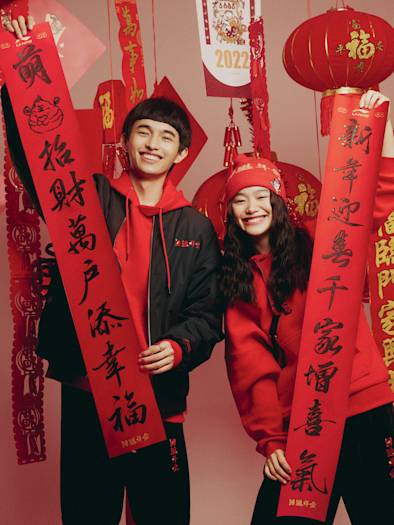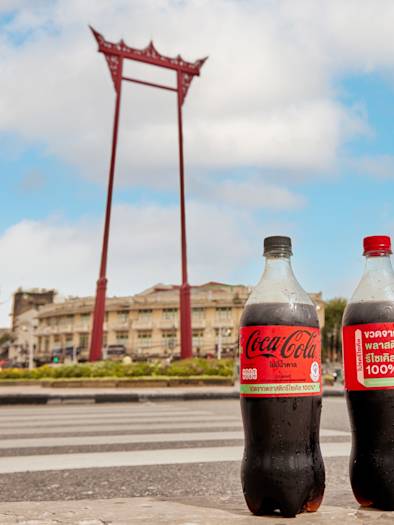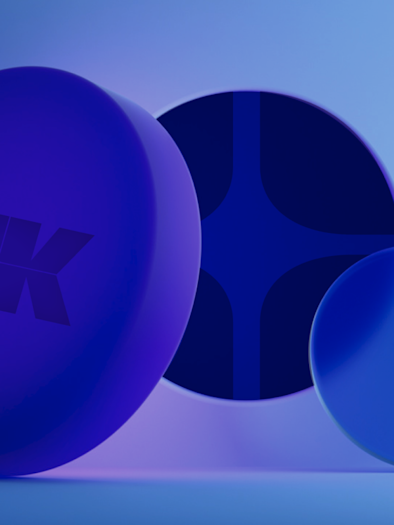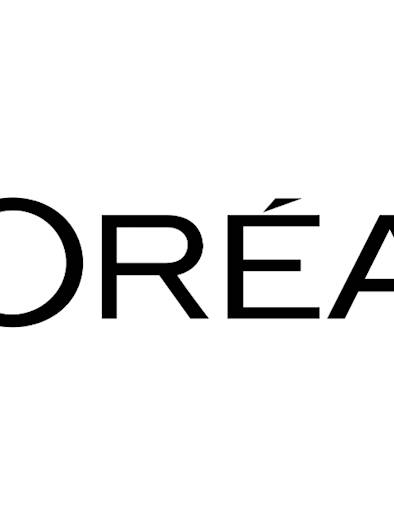
Shifting the Storytelling from Product to Purpose
Many Chinese brands have reached a point in their international expansion where they have to think beyond product; they have to focus on their purpose; ask questions like what is the social contract they are willing the make with the world, and move from shareholder value to shared value—and how to communicate that more clearly.
To date, many brands have focused very much on product rather than purpose, and have relied very much on product innovation, product ubiquity and value as the three pillars of success. That’s been reflected in communications, with a general focus on the speed or performance of a product, or why it is a great value choice.
Chinese brands often use their financial muscle to create awareness when a new product launches—they buy large amounts of media space and you become very aware that something’s launched. The challenge with this approach is you forget it very quickly because the communication only talks about a product, not the brand. You are not building long-term brand love or loyalty. You might be buying short-term awareness, but not necessarily telling a story that will resonate in the longer term.
What you’re seeing now is a challenge, especially in more mature markets outside China. It is not enough to focus on being everywhere, value or purely innovation when there isn’t another great technological leap to make. It becomes important to have to brand focus and build a brand through purpose, and that’s where purpose-driven storytelling has to come in—to build a story in an interesting and innovative way. That’s the challenge moving forward. Around a quarter of entries at Cannes in 2018 were from China, but there were only nine winners, underlining the point that a “my product is cheaper” message lacks creativity and resonance.
Story time
Having a clear and compelling story to tell is easier for some brands than others; Envision, a Chinese smart energy company, for instance, was built on its founder’s mission “to heal the wounds of the world, one step at a time starting with energy”. This is a compelling brand story. But the bigger Chinese conglomerates, and the SOEs that have expanded into diverse sectors in line with areas of government focus, have a harder time succinctly explaining their mission to an audience beyond China.
They also have to overcome often-negative (though changing) perceptions of the quality that’s expected from a “Made in China” product.
I often say that the challenge is people like me, who grew up with plastic toys with “Made in China” written on the bottom that broke. You’re trying to convince me not to buy an iPhone but to buy a product ‘Made in China’. Obviously if you’ve not grown up with toys that all broke, but Huawei phones and other amazing technology, then you don’t have that issue.
One way Chinese brands can quickly establish their quality credentials is through smart partnerships. Huawei has Leica lenses in its smartphones, and Lynk & Co is a car brand formed by Geely and Volvo, which Geely now owns. I know Huawei’s partnership with Leica has been incredibly successful, because we all know who Leica is and there’s an element of thinking ‘well, if Leica is in partnership with Huawei, it must be a good product.’ You’ll see collaborations like this more and more.
Perceptions are gradually evolving, moving away from the challenge of it being “Made in China” to a positive view that something is “Created in China”; a place of innovation, technology and agility, which is much truer reflection of the China I see.
This article was first published in the BrandZ Top 100 Most Valuable Global Brands Report 2019.







